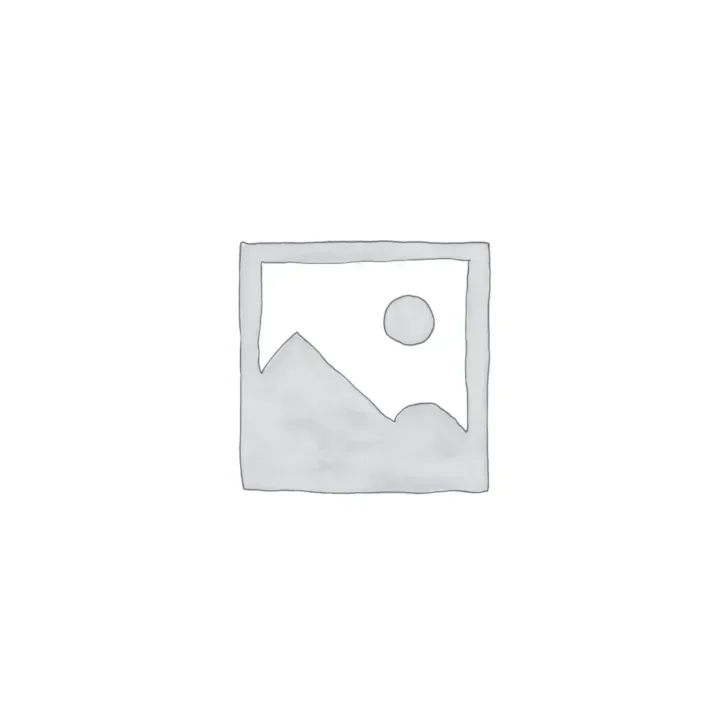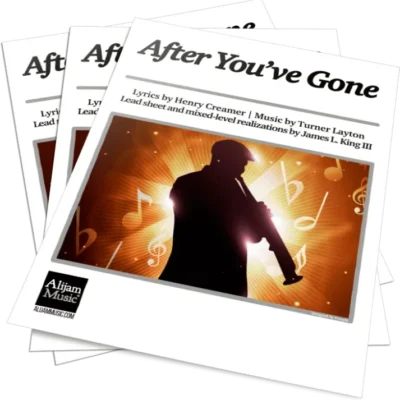Description
The 1911 edition of the Encyclopaedia Britannica describes the jig as “a brisk lively dance, the quick and irregular steps of which have varied at different times and in the various countries in which it has been danced.”
It developed in 16th-century England, and was quickly adopted on mainland Europe where it eventually became the final movement of the mature Baroque dance suite (the French gigue; Italian and Spanish giga). Today it is most associated with Irish dance music, Scottish country dance and the Métis people in Canada.
Jigs are stereotypically in duple compound meter (but can be played in other time signatures) and are often classified into groups. Seán Ó Cuillinn’s Jig’s first section is a single jig, which predominantly uses a quarter-eighth-quarter-eighth rhythm. The second section is a double jig, which tends to use a rhythmic pattern of two groups of three eighth notes.
The term jig was probably derived from the French giguer, meaning ‘to jump’ or the Italian giga. The use of jig in Irish dance derives from the Irish jigeánnai, itself borrowed from the Old English giga meaning “old dance”.
Key: D minor, D Dorian
Mood: celebratory
Pedagogy: compound meter, fingering, single and double jig rhythms, D.C al Fine, sforzato
Note: Seán Ó Cuillinn is a fictitious name and any similarity to persons, living or dead, is 100% coincidental.





Ann Allott –
Compound time and D minor make this a great piece for students. It is also good for encouraging students to look for repetitive patterns in their music. When I played several Irish pieces to my pupil last week she had no hesitation in choosing this piece to learn. I am sure we will both enjoy it.
Anna.Jeitler –
This adorable piece is very catchy, swinging and sounds good so that it will be fun for the learning process for the student, as for the teacher.